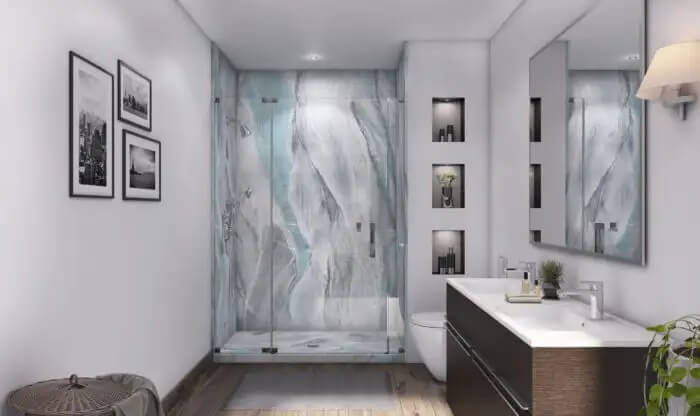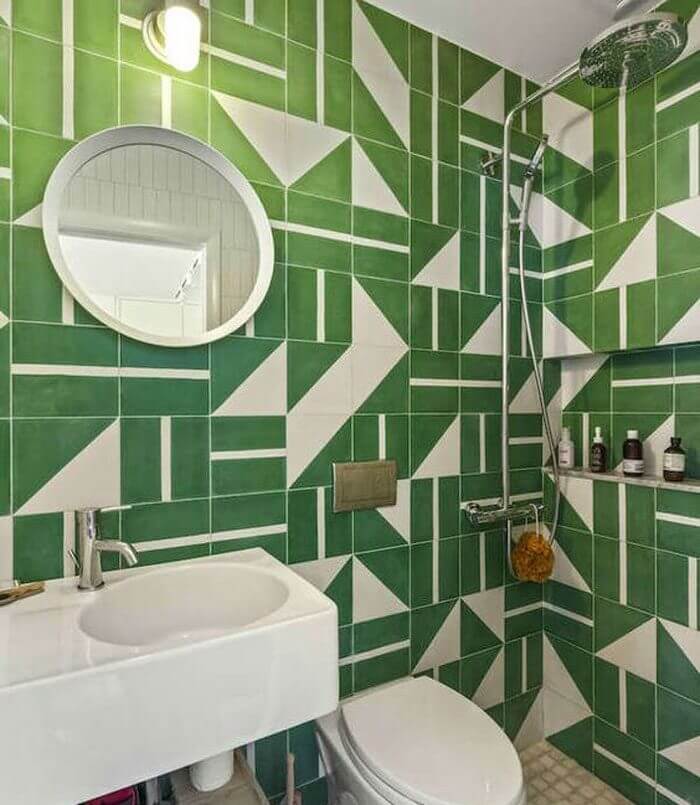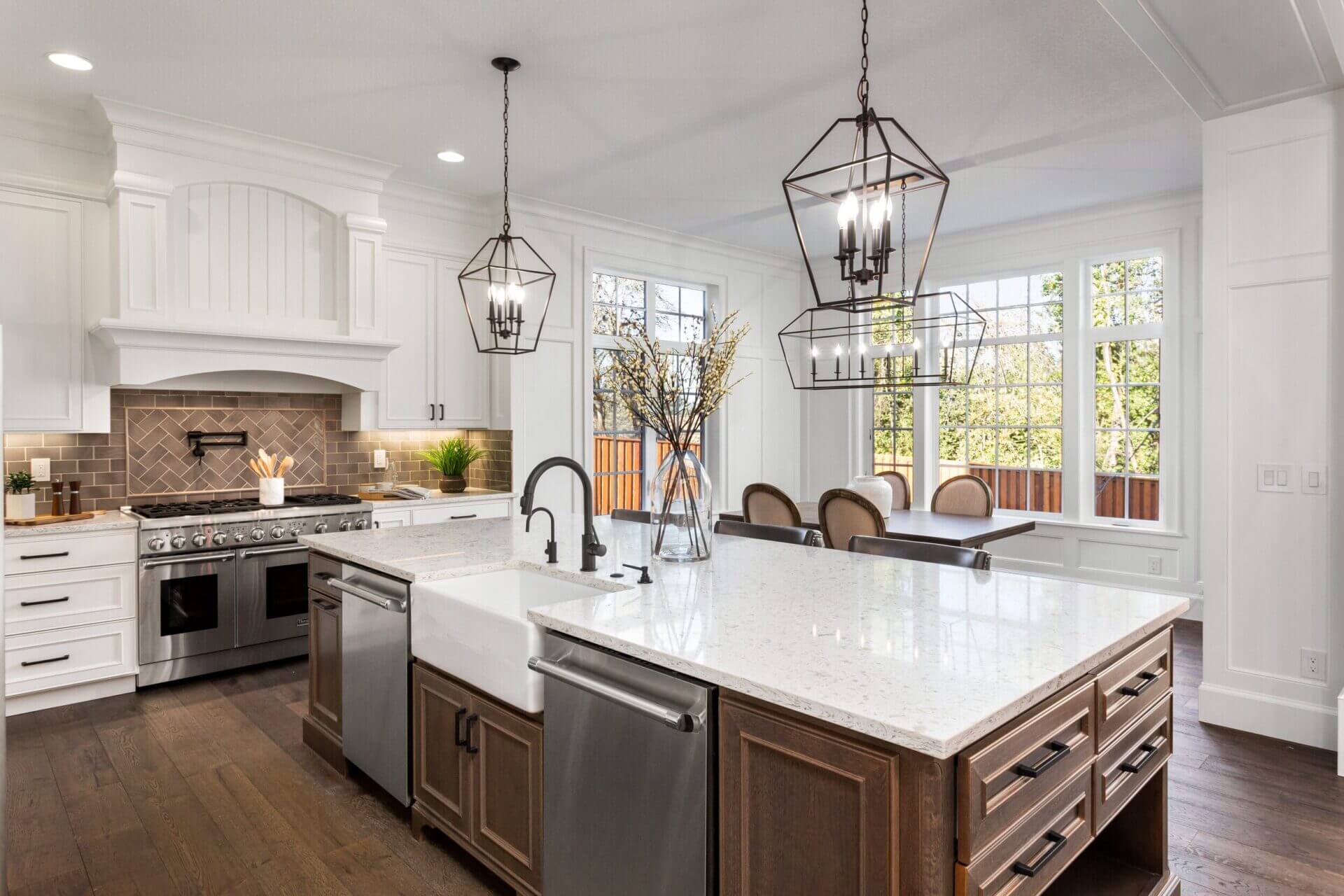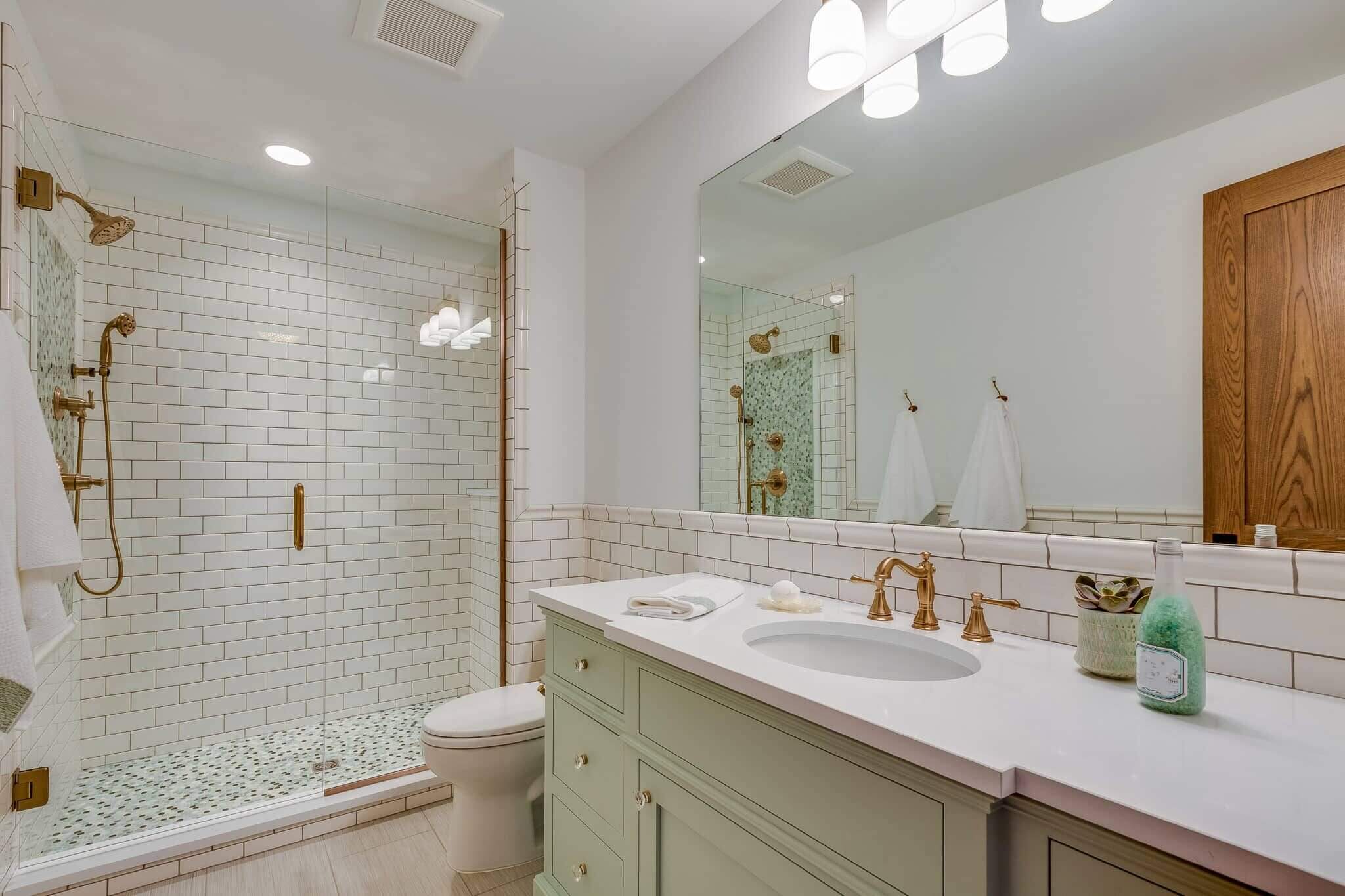
Unlike many of the other rooms in your home, the bathroom is often already reduced in size and space. It is exactly because of this that so many of us have been drawn to the idea of opening up this area. With this, we are able to make our bathrooms both functional and aesthetically pleasing, in a way that doesn’t have to break the bank.
We all know that converting your old bathtub to a shower is an excellent way to free up space in your bathroom, but today, we explore how we can maximize this new free space in the best way possible. Today, we look into how we can make our bathrooms as attractive and functional as we wish them to be when investing in a bathtub to shower conversion.
Before you make your decision, here are some important things to consider.
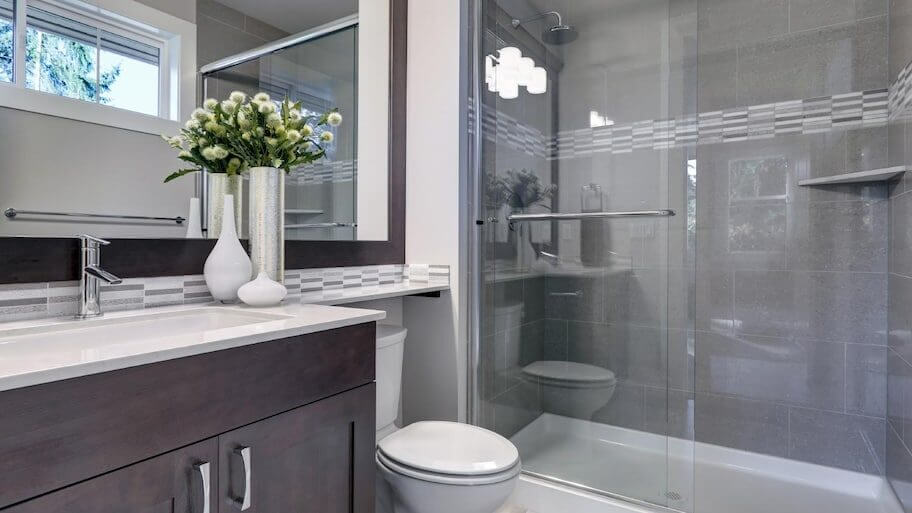
The Basics of a Bathtub to Shower Conversion
Before anyone can get too carried away with the finer details of the bathtub to shower to conversion, it is very important to consider the prerequisites for the process. Once you understand what a bathtub to shower conversion requires, then it will be time to get creative and have serious thoughts about your vision for a future bathroom.
In advance of ordering any materials yourself, we highly recommend that you meet with a contractor to discuss your desired shower size in order to see if it will actually fit the allotted space. Indeed, there’s nothing worse than getting excited about starting such a project, only to find out that you didn’t calculate the right fit! However, as with everything that we outline in this article, each and every one of our suggestions is guaranteed to make your conversion as smooth and stress-free as possible.
From this point, those looking to complete their bathtub to shower conversion can devise a plan that includes the finished shower size, location of new of existing windows, lighting, exhaust fan, and the overall condition and location of the plumbing within this arrangement. Additionally, consider whether you prefer a shower door or a shower curtain. Shower doors can vary in cost and design, while shower curtains, including options like tension-mount rods or curved curtain rods, offer a more flexible and often less expensive solution.
Beyond this, there are also other questions that must be asked before you can advance with the process. For example, will your shower drain will stay in the same location? Will the connection be a simple one? However, if the drain must be moved, costs will in turn rise in turn, depending on the volume of the work. Once this is settled upon, those considering the bathtub to shower conversion can turn their attention to the matter of individual articles, such as the faucet and showerhead as final pieces in the process.
Of course, we understand that no one is pleased to hear about the number of contingencies and considerations that are included in this process. However, we remind out readers that it is indeed paramount to understand these details to make your conversion a success. As noted before, there are few things worse than investing large amounts of time and money into your conversion, whilst also leaving critical details unchecked.

The Matter of Water Usage
It is important to note that showers typically use far less water than tubs due to the fact that baths require more water to fill. In fact, most modern showers have lower water usage rates that tubs. With that being said, it becomes all the more evident that this is indeed an excellent option for many households, and has advantages that stretch far beyond the aesthetic charm of the bathroom, and the space that it unlocks.
Style and Inspiration for Your Conversion
One of the biggest considerations for any bathtub to shower conversion is your desired look. This will help you to determine many design elements and material involved in the new shower setup. For example, your choice of materials for a rustic shower may indeed differ from a minimalist approach, as we will go on to explore.
We recommend that you consider any design inspiration that you are aiming to emulate. This could perhaps be a certain type of shower or décor style.
Personal Preferences
Of course, it’s important to realize that showers aren’t the best option for all bathrooms and all homeowners. Some people naturally prefer relaxing in a bathtub and unwinding from their day as opposed to standing in a shower.
Functionality and Frequency of Use
Think about how much use the tub in your household currently gets and consider what the best option is for you. If your household includes a multi-generational family, a shower may be more accommodating than a tub. And if you never have time for baths or your tub is constantly cluttered with laundry or other household items, it might time to make the change.
End Goals
Is the bathtub to shower conversion going to be the only update that you make, or is it part of a larger project? If you’re planning on remodeling the remainder of the bathroom, we imagine that you will want to keep your timeline design goals in mind. This will in turn help to streamline the overall process and ensure that everything comes together in the end.
The Process of the Bathtub to Shower Conversion
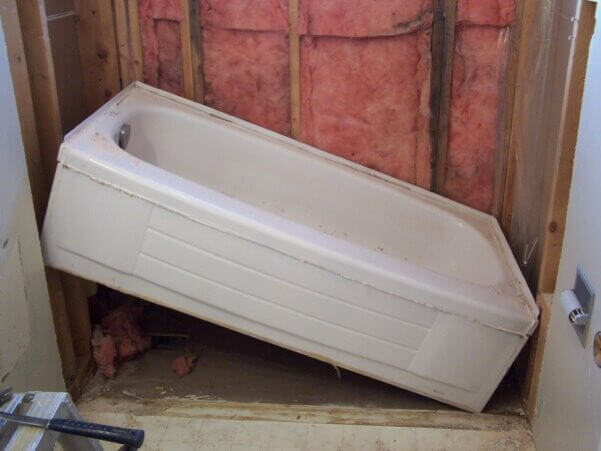 If you’ve decided that converting your bathtub into a shower is the right decision, there are certain steps to help the project to run smoothly. At this point in the article, we attach our general outline of what needs to be done. Installing glass doors is a stylish and practical option that provides a fresh look and ease of maintenance.
If you’ve decided that converting your bathtub into a shower is the right decision, there are certain steps to help the project to run smoothly. At this point in the article, we attach our general outline of what needs to be done. Installing glass doors is a stylish and practical option that provides a fresh look and ease of maintenance.
When planning your conversion, it’s important to consider the specific needs of your household members. Adding functional safety accessories like grab bars is crucial, especially for those with mobility issues.
Removing the Tub
First, you’ll need to remove all of the existing fixtures. This includes all faucets and handles from the tub. This first stage of the process involves using a caulk remover or a putty knife around the edges of the tub. Then, it’s time to turn attention to removing the tub from the bathroom, as well as any remaining debris of old caulk.
Installing the Shower
Next, you’ll need all the supplies necessary to create a bathtub to shower conversion kit. This may include fixtures such as showerheads, new faucets, valves, and handles. Following this, one must acquire materials for the door, floor, walls, and ceiling. Another common option is to install a glass-enclosed shower. In turn, this step requires new plumbing and caulking.
For added comfort and safety, consider installing shower seats.
Naturally, this is a rather simplified overview of the steps involved in a bathtub to shower conversion. The actual process will vary depending on your specific bathroom setup and needs, along with any modifications you decide to make along the way, or any issues you may encounter.
Timing Your Bathtub to Shower Conversion Perfectly
If you live in an area that experiences cold winters, it may be a good idea to wait until the spring or summer months to take the plunge. This way, you can avoid any potential delays that may occur as a result of bad weather or frozen pipes.
We absolutely believe that the best time for a bathtub to shower conversion will also depend on your specific living situation. If you are two-bathroom home, you’ll be able to use the other bathroom for daily routines. However, if you have only one bathroom, you’ll have to take that into consideration when planning your project timeline, since your bathroom could indeed be out of commission for a few days or even weeks.
Budget and Cost
Although the average cost for such a conversion ranges from $1,800 to over $4,500, the cost of your project can indeed be expected to vary depending on a series of factors. The main ones include:
– The size of your current bathtub and overall bathroom layout
– The type of shower that you are looking to install
– The materials and fixtures used, this includes tiling and shower heads
– Plumbing and electrical modifications
We absolutely recommend that you aim to establish, and stick to a budget. It’s a good idea to begin with a rough estimate for the overall project cost before you begin. That way, you can prioritize each and every single step of the process, and ensure that no part of the conversion is being overlooked in any way.
Introducing New Styles
Beyond opening up new space in the room, it is also key to understand that a bathtub to shower conversion also provides an opportunity to introduce new colors and patterns to your bathroom along with the introduction of a new shower.
While the removal of the bath presents a nice addition to the room’s wall space, why not go the extra mile with your bathtub to shower conversion, making this transition one that adds dynamism as well as new room.
One the one hand, we suggest embracing a simple and minimal approach to the tiling that surrounds the new shower. Should you opt for larger tiles in lighter shades, this is an excellent way to add a new hint of style whilst also introducing an element of design that will not clash with the remainder of the bathroom’s aesthetic.
Beyond this, those looking to deliver a more refined style to the room, following their bathtub to shower conversion, can make the most of the upgrade with the use of smaller tiles, and a more intricate series of patterns. Contrary to our prior suggestion, this option allows for truly endless creativity and gives you the chance to transform your bathroom following the conversion, with minimal intervention and time.
Whatever you choose, we are confident that taking the time to consider these design options will do wonders in allowing your bathroom to reach its greatest potential. This is both a powerful and non-invasive way of adding to your upgrade.

Getting the Most out of Your Utilities
In so many cases, we find that removing a bathtub allows for a much more practical option in the form of a shower. However, something that is not always considered is how we can ensure the best conversion possible with regards to the shower itself.
Converting a tub to a shower in a small bathroom presents unique challenges and considerations, such as limited space and the potential need to reconfigure the existing layout.
With many of the homeowners that make the most of the upgrade, special attention is paid to the shower itself. In your bathroom, you can ensure that the conversion carries real impact, perhaps opting for a modern walk-in shower, boasting three different shower heads and an added seat.
The Matter of Accessibility
For those who are considering a bathtub to shower conversion whilst also looking towards retirement and possible limited mobility, we recommend learning how they can truly use this upgrade to their advantage, combining accessibility and style.
In many cases, those in such a situation during their conversion can look to replace their tub with a walk-in shower.
Well, Is a Bathtub to Shower Conversion the Right Fit for You?
We completely understand that choosing to invest in such a transformative process for your bathroom is not an easy choice to make, and one that should take you some time and consideration. With this in mind, we decided to present our readers with all of the things that should be made note of before getting serious with the tub to shower conversion process.
We understand that it can be difficult to see the series of steps that lie ahead when considering to make this transition. Whenever you are looking to make major change in your household, it is always a little daunting. However, should this cross your mind, we remind you that the process is the same for everybody, and always ensure to advise our readers of systematic, and stress-free methods that they can use to make their household changes easier.
In almost every case, we find that making the change from bathtub to shower is the right choice for homeowners. However, we can never know all of the variables that someone is taking into consideration when pondering a future conversion. Indeed, it is exactly for this reason that we understand everyone is different with regards to this process, and we are sure that you will make the choice that works best for you.


